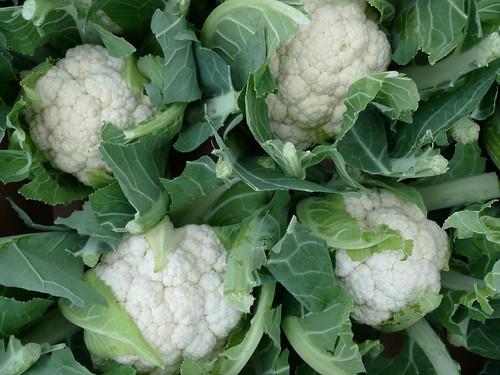
For years, the dietary message was to eat less fat. That message caused a proliferation of low-fat and fat-free foods on the market and a subsequent stampede of consumers purchasing and eating those foods. Many food manufacturers substituted sugar and other carbohydrates for the fat, however, so the result was that we didn’t lose weight and we didn’t have healthier hearts. Now we know that it is not the amount of fat, but rather the types of fat, that make a difference when it comes to caring for our health.






